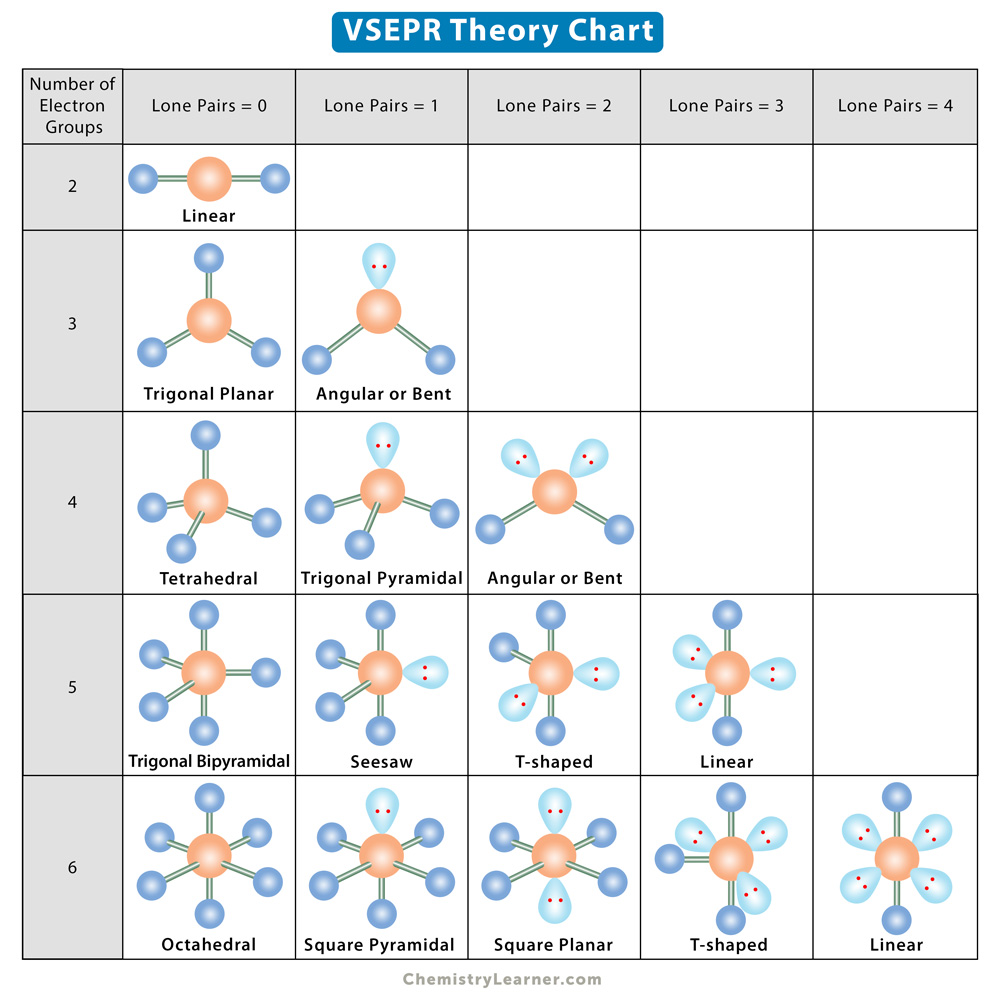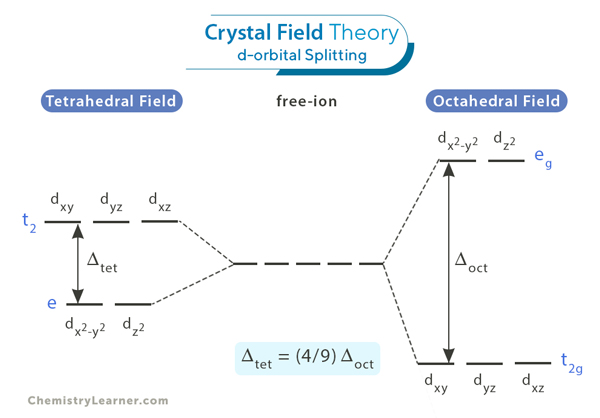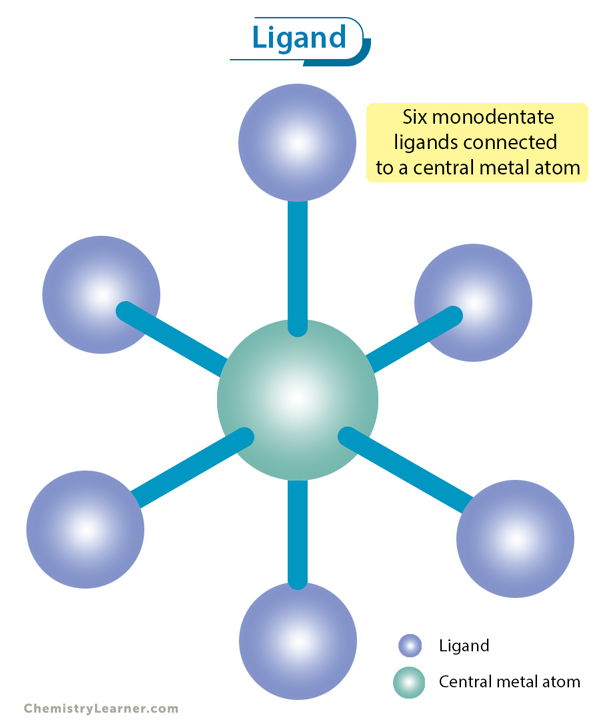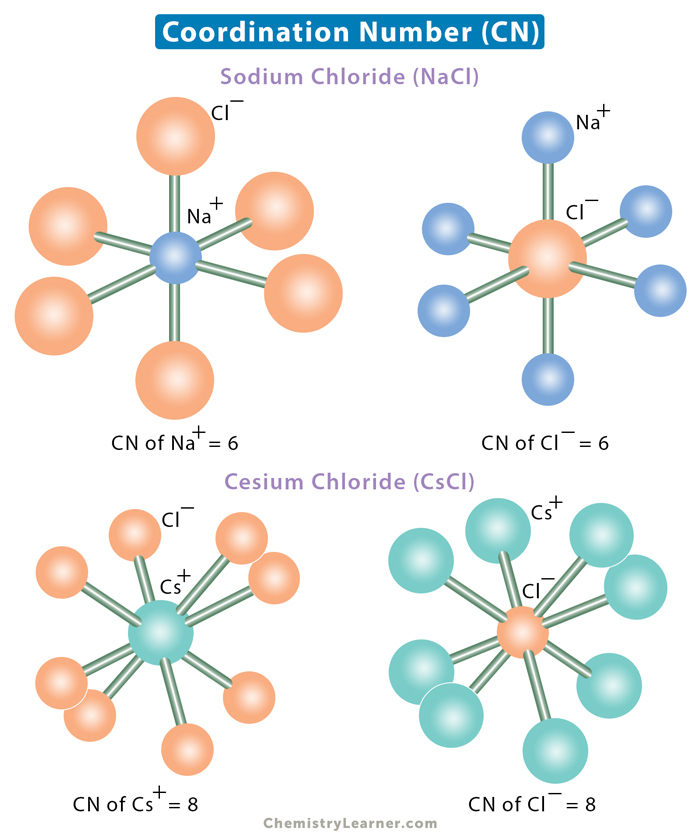VSEPR Theory
Lewis structure is a straightforward way of representing the number and the type of bonds in a molecule. It also indicates where the lone electron pairs are located. However, the limitation of Lewis structure is that it gives no information about the arrangement of atoms in space. Therefore, we introduce another theory that reveals the molecular shape.
The valence shell electron pair repulsion theory or VSEPR theory is used to predict the three-dimensional shape of a molecule. According to this theory, the molecular shape depends on the repulsion between the valence shell electron pairs of the central atom. The electron pairs will rearrange themselves to minimize the repulsion. It is only possible when they are as far apart as possible.
The VSEPR theory was developed by British chemist Ronald Gillespie and Australian chemist Ronald Nyholm and subsequently published in 1957. Therefore, it is also known as Gillespie-Nyholm theory.
Postulates
- The central atom in polyatomic molecules is surrounded by several other atoms. A polyatomic molecule consists of three or more atoms.
- The total number of valence shell electron pairs determines the molecular shape. These electron pairs include both bonding and nonbonding pairs. They are classified into domains of electron-dense regions consisting of single bonds, double bonds, triple bonds, and lone pairs.
- The electron pairs tend to arrange themselves to minimize the repulsion and maximize the space between them. In this way, they achieve the lowest energy and the most stable arrangement.
- The strength of repulsion is stronger among lone pairs than among bond pairs. We observe the following order of strength:
lone pair-lone pair > lone pair-bond pair > bond pair-bond pair
- A molecule consisting of only bond pairs forms the basic structure. When lone pairs are introduced into the basic structure, they squeeze the bond pairs closer together. As a result, the shape is distorted, and the bond angles are reduced.
- For resonance structures, the VSEPR theory is individually applied to each structure.
- Since the electron pairs repel each other, they will remain at a maximum distance. The molecule’s energy will be at its lowest, thereby increasing stability.
Basic Molecular Structures
The VSEPR theory describes five fundamental shapes of molecules. They are as follows:
1. Linear: It refers to the geometry shaped by a central atom surrounded by two other atoms. The atoms are arranged in a straight line, and the angle between the bonds is 180 °. The VSEPR notation. Examples of molecules with linear geometry are carbon dioxide (CO2), beryllium chloride (BeCl2), and nitric oxide (NO).
2. Trigonal Planar: The molecule forms a triangular shape in one plane. It has one atom at the center and three at the corners of an equilateral triangle, making a bond angle of 120°. Examples are boron trifluoride (BF3), boron trichloride (BCl3), and sulfur trioxide (SO3).
3. Tetrahedral: This shape occurs when one atom occupies the center, and four others are located at the corners of a tetrahedron. This shape is because the four bond pairs experience minimum repulsion when the bonds are directed toward the corners of the tetrahedron. The angle between the bonds is 109.5°. An example is methane (CH4).
4. Trigonal Bipyramidal: The molecule’s shape resembles a pyramid with a triangular base. Unlike the trigonal planar, the trigonal bipyramidal structure is three-dimensional. The central atom is surrounded by five atoms – three in one plane and two on opposite sides of the plane. The bond angle is 90° in one plane and 120° in another plane. Examples are phosphorous pentachloride (PCl5) and arsenic pentafluoride (AsF5).
5. Octahedral: It describes the shape of compounds with six atoms or ligands symmetrically arranged around a central atom. The octahedral shape is characterized by bond angle values of 90° and 180°. They are positioned at the vertices of an octahedron. Examples are sulfur hexafluoride (SF6) and molybdenum hexacarbonyl Mo(CO)6.
AXE Notation
The AXE method is used to characterize and predict molecular geometry. According to VSEPR theory, a molecule is designated by the letters AXmEn. “A” represents the central atom, “X” represents the bonded atoms, “E” represents the lone pairs on the central atom, “m” is the number of electron groups or domains, and “n” is the number of lone pairs on the central atom.
Example: The water (H2O) molecule has two electron-dense regions and two lone pairs. It is denoted by AX2E2.
Predicting the Molecular Geometry
We can now use the VSEPR theory to predict the molecular geometry of compounds. We proceed through the following steps:
- Draw the Lewis structure of the molecule or ion.
- Determine the arrangement of bond pairs and lone pairs.
- Assign the proper AXmEn designation.
- Identify the electron pair interactions – lone pair-lone pair, lone pair-bond pair, and bond pair-bond pair.
- Based on the interactions, predict the deviation from the ideal bond angles.
- Describe the molecular geometry.
The following table gives the molecular geometry for the most common types of molecules, along with AXE designations, bond angles, and examples.
| AXE Designation | Molecular Geometry | Bond Angle | Examples |
|---|---|---|---|
| AX2E0 | Linear | 180° | BeF2, CO2, HCN, C2H2, N3–, SCN–, NO2+ |
| AX3E0 | Trigonal planar | 120° | BF3, H2CO, COCl2, SO3, NO3– CO32– |
| AX2E1 | Angular or bent | 120° | SO2, O3, NO2– |
| AX4E0 | Tetrahedral | 109.5° | CH4, XeO4, ClO4–, SO42-, PO43–, NH4+ |
| AX3E1 | Trigonal pyramidal | 107° (in NH3) | H3O+, NH3, XeO3 |
| AX2E2 | Angular or bent | 104.5° (in H2O) | H2O, NH2–, ClO2– |
| AX5E0 | Trigonal bipyramidal | 90°, 120° | PF5, PCl5, Fe(Co)5 |
| AX4E1 | Seesaw | 101.6°, 173.1° (in SF4) | SF4, PBr4– |
| AX3E2 | T-shaped | 87.5°, 175° (in ClF3) | ClF3, XeF3+ |
| AX2E3 | Linear | 180° | ICl2–, XeF2 |
| AX6E0 | Octahedral | 90°, 180° | SF6, SiF62–, AsF6– |
| AX5E1 | Square pyramidal | 84.8°, 180° (in BrF5) | BrF5, SF5–, SbF52– |
| AX4E2 | Square planar | 90° | ICl4–, XeF4 |
| AX3E3 | T-shaped | 90°, 180° | |
| AX2E4 | Linear | 180° |
Limitations
- Fails to predict the shapes of isoelectronic species, that is, molecules and ions having the same number of valence electrons. These species may vary in shape despite having the same number of valence electrons.
- Fails to explain the structures containing transitional elements in their different oxidation states. The reason is that VSPER theory does not consider the size of such compounds and the effectiveness of inactive lone pairs.
- Halides of group 2 elements are linear, whereas they have bent structures in reality.






This is what that I was founding thank you so much .